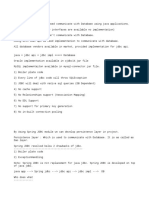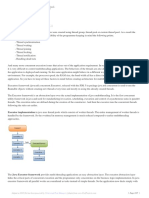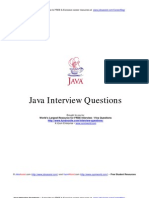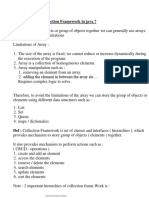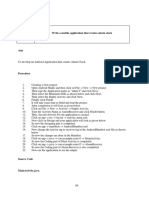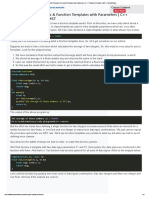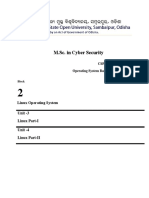100% found this document useful (1 vote)
354 views14 pagesJava 8: Key Features for Developers
Java 8 introduced several new features including JavaFX, lambda expressions, method references, and streams. Lambda expressions allow for anonymous functions and functional interfaces. Method references provide a shorthand for lambda expressions. Streams allow for aggregate operations on collections and arrays. Default and static methods were also added to interfaces to allow new functionality to be added without breaking existing code.
Uploaded by
Constantin GheorghitaCopyright
© © All Rights Reserved
We take content rights seriously. If you suspect this is your content, claim it here.
Available Formats
Download as ODT, PDF, TXT or read online on Scribd
100% found this document useful (1 vote)
354 views14 pagesJava 8: Key Features for Developers
Java 8 introduced several new features including JavaFX, lambda expressions, method references, and streams. Lambda expressions allow for anonymous functions and functional interfaces. Method references provide a shorthand for lambda expressions. Streams allow for aggregate operations on collections and arrays. Default and static methods were also added to interfaces to allow new functionality to be added without breaking existing code.
Uploaded by
Constantin GheorghitaCopyright
© © All Rights Reserved
We take content rights seriously. If you suspect this is your content, claim it here.
Available Formats
Download as ODT, PDF, TXT or read online on Scribd
/ 14



